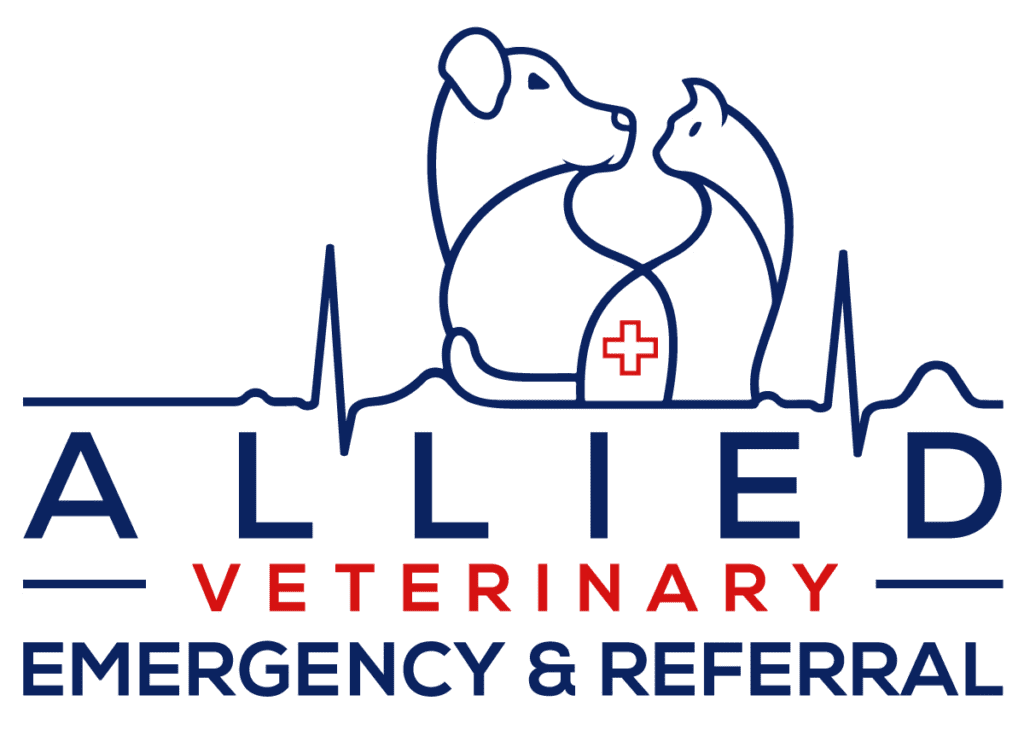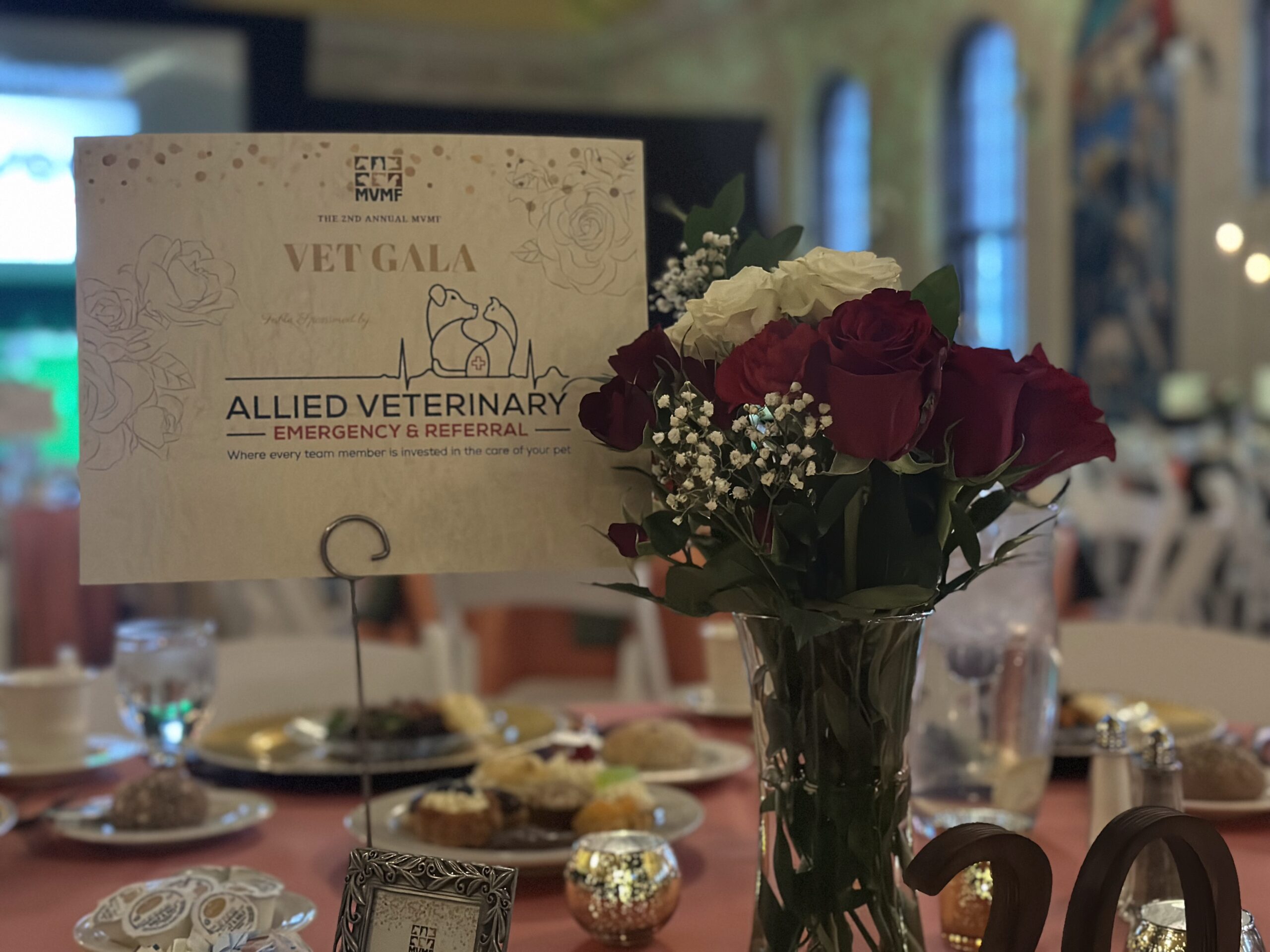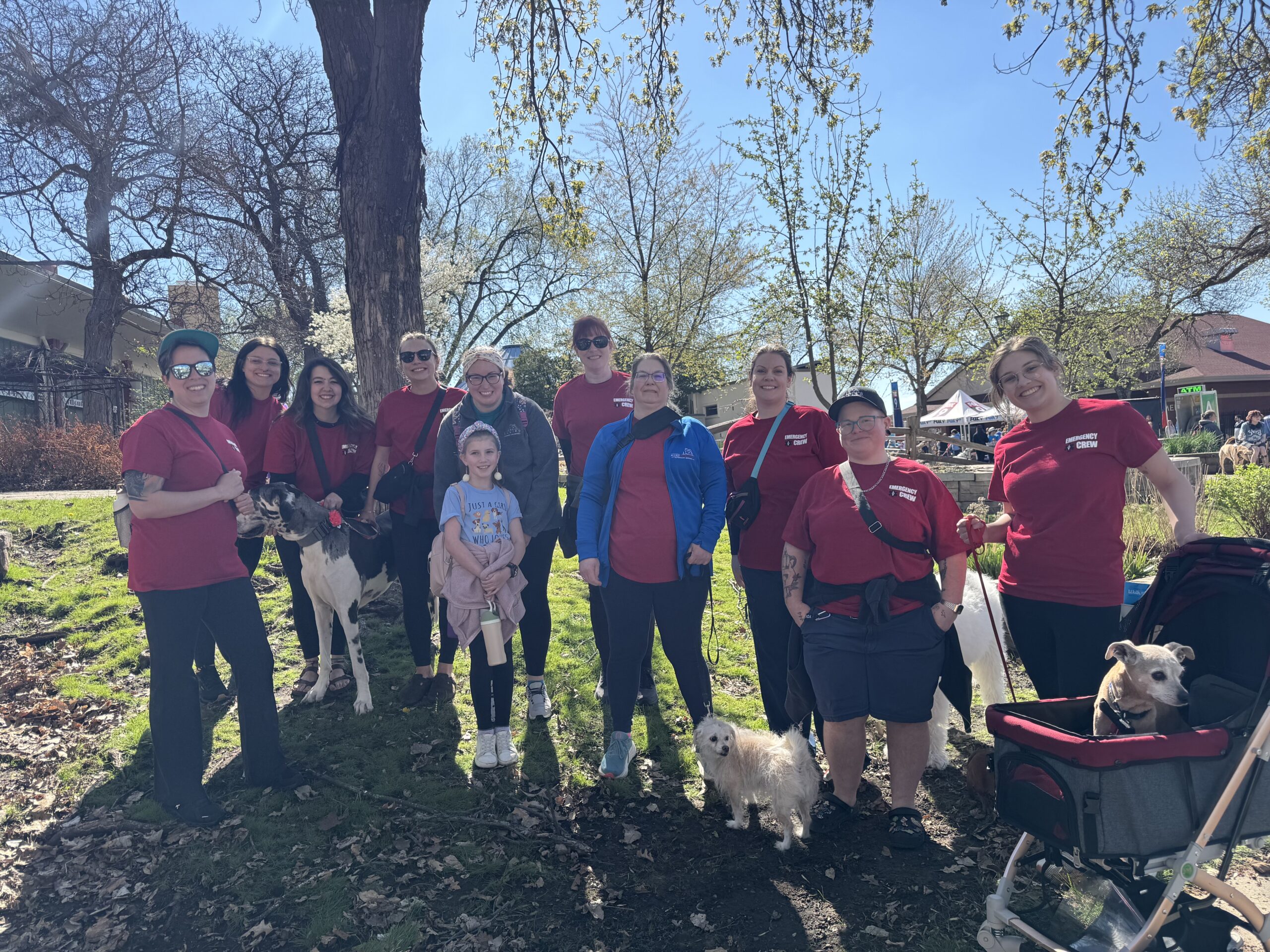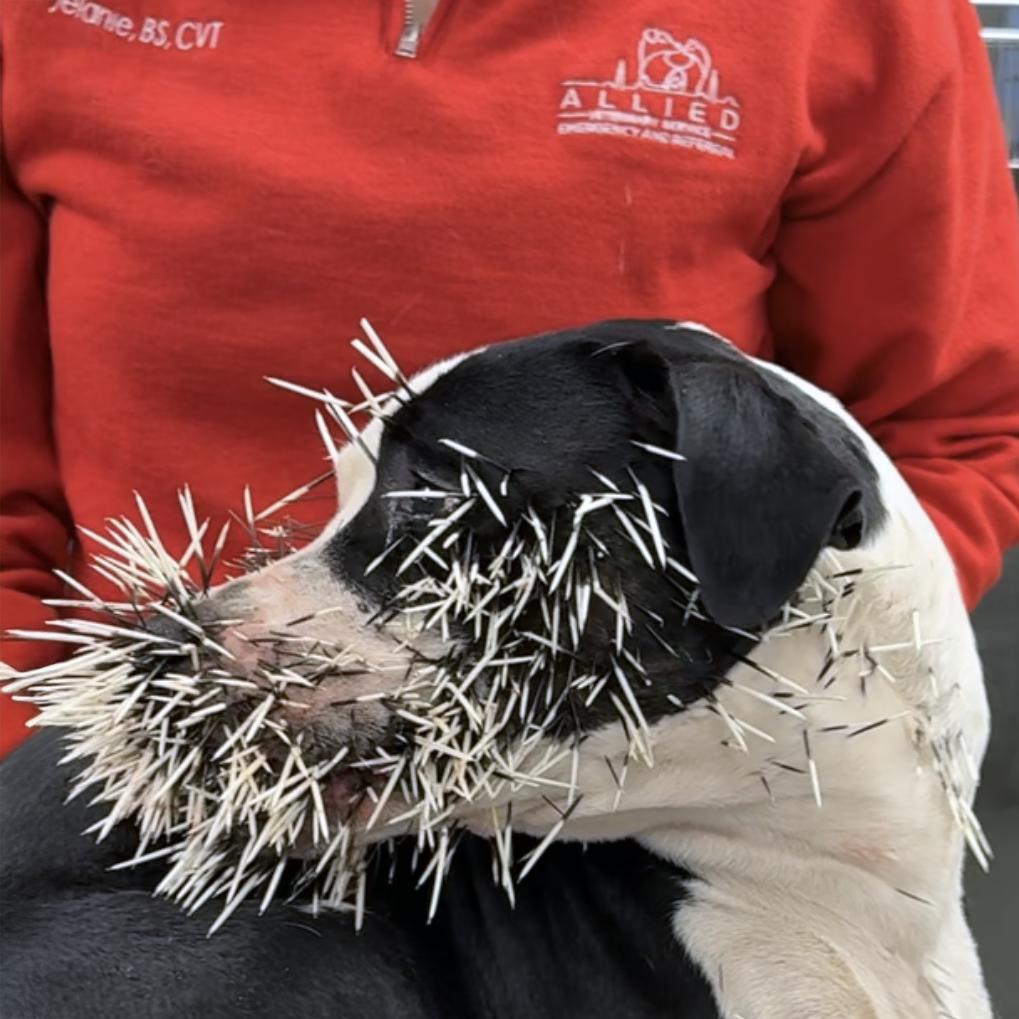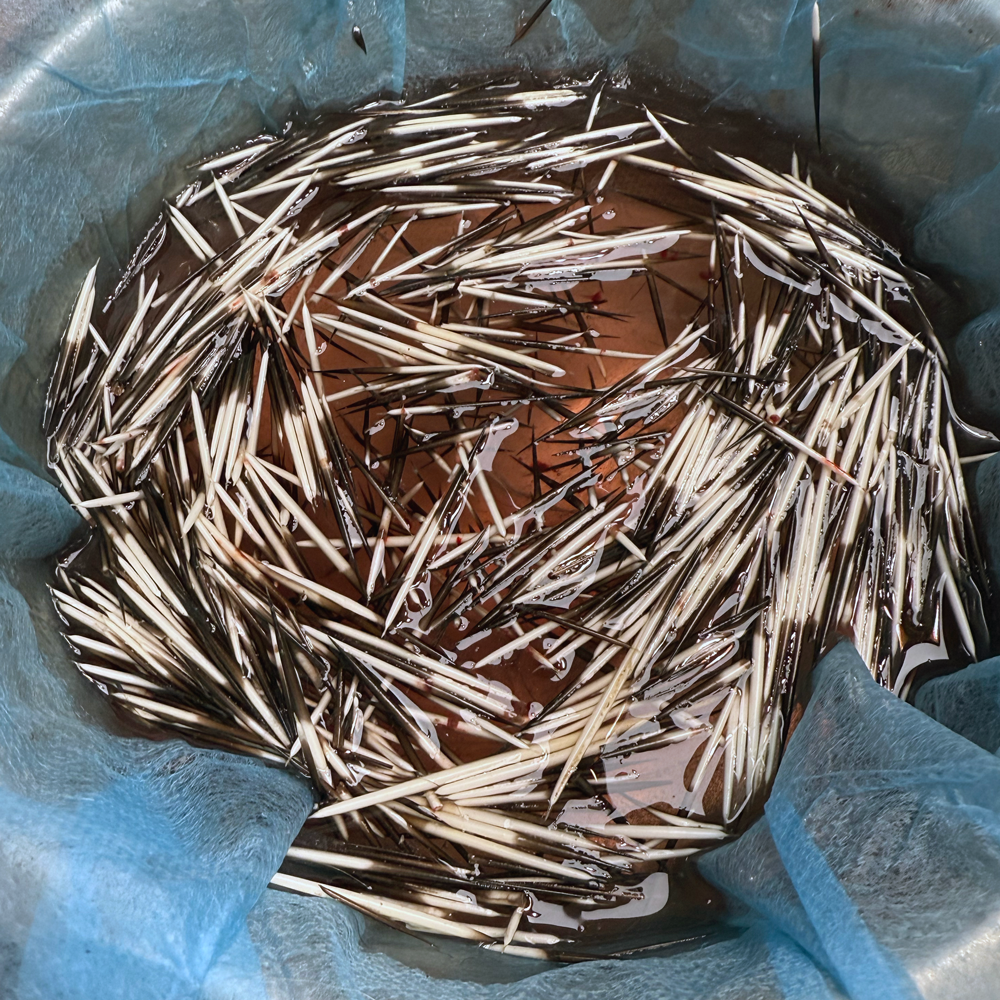ALL 5 Locations Will Be Open on Memorial Day!
Feel free to list us on your website, voicemail message, or as a resource on your practice app. We’ll be ready to help any pet in need.
Brooklyn Park
View Details
Minneapolis
View Details
Eau Claire
View Details
Rochester
View Details
Eden Prairie
View Details
Oncology Consults – No Waiting

New patient appointments are available every Friday in Brooklyn Park. To refer a patient, simply visit our Veterinarians page and click on Referral Form or give us a call at: (763) 463-9800
Specialty Surgical Care at
Affordable Costs

We all have clients with price sensitivity, yet they want to ensure their pet receives optimal care. We’ve taken this to heart and have several options to help make accessing specialty or emergency services easier.
- Our prices for many surgical procedures are significantly lower than most of the local providers, sometimes up to 30-40% lower.
- With three board-certified surgeons on our team, there is never a long wait, and often we can get patients in the same or next day.
- Payment plans, not just CareCredit and ScratchPay, are available. We also offer Affirm and Varidi which have near 100% acceptance with flexible payment terms.
Our goal is to find a solution to help as many pets and their families as we can.
Allied in the Community

Are we having fun yet? You bet!
One of the things we enjoy most is supporting our communities through sponsorships and participation in worthy causes. It was wonderful to see some of you at the recent MVMF event.
Allied was a sponsor of the Minnesota Veterinary Medical Foundation’s 2nd annual Vet Gala held at the Union Depot, St. Paul. The Kentucky Derby-themed evening blended elegance, excitement, and purpose. What a joy it was to participate in this unforgettable evening, celebrating those who care for animals and ensuring a brighter future for veterinary medicine. Look at us all decked out!
Case of the Month: Birdie
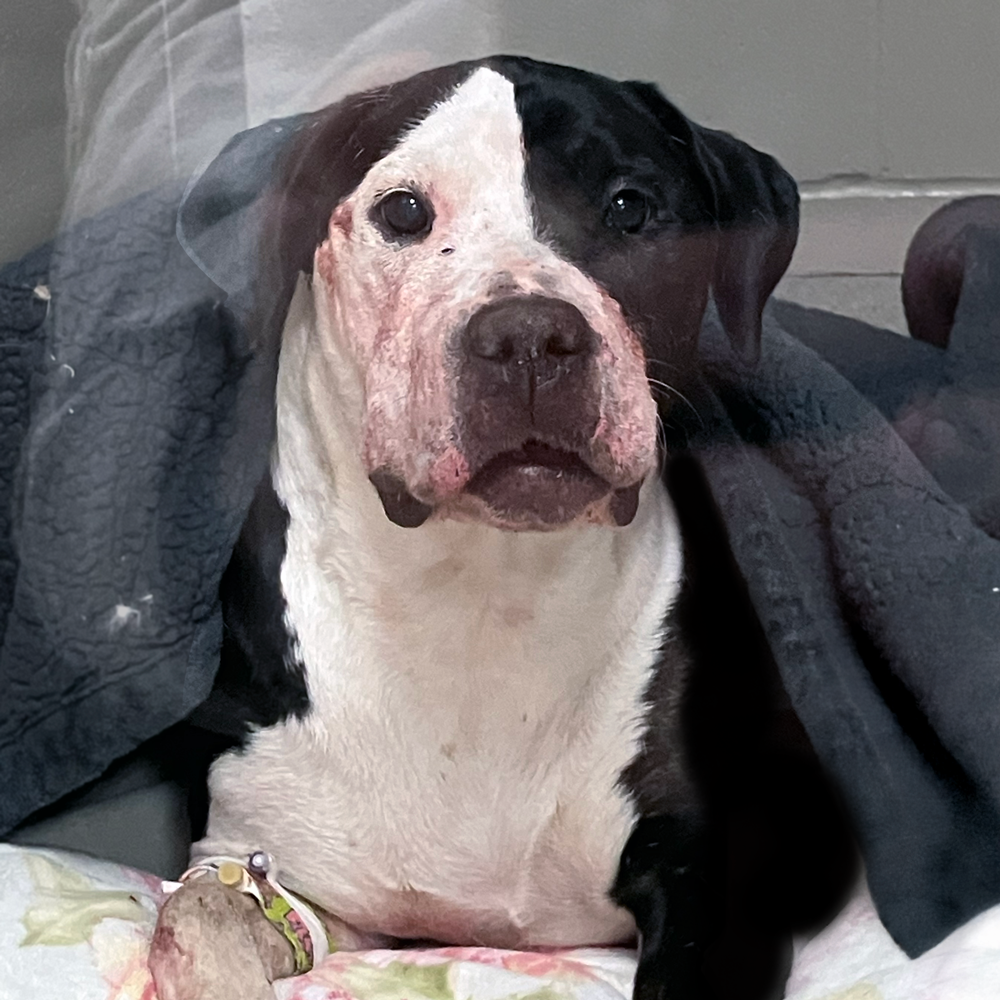
They’re out there!
Birdie, a one-and-a-half-year-old mixed breed, had an unfortunate run-in with a neighbor, and the neighbor won.
The good news is that she was rushed to our emergency hospital in Eau Claire, WI, where the team jumped into action, quickly administering pain medication and sedation to remove over 400 quills! Dr. Brielle Lien and the entire group of veterinary professionals handled this delicate process seamlessly. As you can see by the after picture [above], Birdie was able to go home shortly thereafter and take a long nap.
DVM Q&A: With Lake Season Upon Us, Do You Anticipate Seeing More Leptospirosis Cases?

Leptospirosis is a concern in Minnesota for dogs, particularly due to the state’s many water bodies. Dogs can contract the disease by drinking contaminated water, coming into contact with infected urine or tissues, or through bites from infected animals. Leptospirosis can be fatal or cause permanent organ damage if left untreated.
How dogs get leptospirosis in Minnesota:
- Drinking contaminated water: Stagnant puddles, ponds, lakes, and pools can contain the bacteria that cause leptospirosis.
- Contact with infected urine or tissues: Urine from infected animals can spread the bacteria, as can contact with the tissues of infected animals.
- Bites from infected animals: Infected wild animals or dogs can transmit the disease through bites.
Symptoms of leptospirosis in dogs:
- Fever, lethargy, and reduced appetite are common signs.
- Vomiting, diarrhea, and jaundice (yellowing of the skin and eyes) can also occur.
- Increased thirst and urination, muscle pain, and swollen legs, chest, or abdomen can also be present.
Preventing leptospirosis in dogs:
- Vaccination: A leptospirosis vaccine can help protect dogs against certain strains of the disease.
- Avoidance of contaminated water: Keep dogs from drinking from stagnant water sources.
- Prompt treatment: If you suspect your dog has leptospirosis, seek veterinary care immediately.
Testing and Treatment:
- Diagnosis: Leptospirosis can be diagnosed using blood tests (DNA-PCR or microscopic agglutination test) and urine samples.
- Treatment: Antibiotics are the primary treatment for leptospirosis, often requiring hospitalization and intravenous fluids.
Note: While the leptospirosis vaccine is generally safe, some dog breeds (mostly smaller) may be more sensitive and could experience an adverse reaction. Talk with your veterinarian about the risks and benefits for your pet.
Tech Tip: Four Things Veterinary Technicians Cannot Do and How to Maximize What They CAN Do

While veterinary technicians can assist in performing a wide variety of tasks, they cannot diagnose, prescribe, perform surgery, or engage in any activity prohibited by their state’s veterinary practice act. As a technician, to be utilized to your maximum potential, you should:
1. Master Your Technical Skills
- Be confident and proficient in all core areas of veterinary technology:
- Anesthesia monitoring and induction
- Dental cleanings and radiographs
- Venipuncture and catheter placement
- Laboratory procedures (cytology, blood work, fecals, etc.)
- Radiology and imaging
- Pharmacy skills (filling prescriptions, calculating dosages)
- Emergency and critical care
💡 Pro Tip: Let your veterinarian and supervisor know which areas you’re strongest in—and which ones you’re eager to grow in. Ask to be scheduled more often in those areas.
2. Pursue Continuing Education (CE) & Specializations
- Stay current and pursue advanced knowledge:
- Attend CE events and workshops (many are free or virtual)
- Get certified in areas like: VTS (Veterinary Technician Specialist) anesthesia, emergency/critical care, behavior, dentistry, etc.
- Consider cross-training in exotic animal care, large animal medicine, or wildlife if applicable
3. Be a Leader in Client Communication & Education
- Veterinary technicians often spend more time with clients than doctors do. You can:
- Educate owners about medications, post-op care, nutrition, and preventatives
- Build trust and confidence in your practice through clear, compassionate communication
- Serve as a liaison between vet and client
4. Be Proactive & Team-Oriented
- Take initiative—anticipate the vet’s needs before being asked
- Help train junior staff and new hires
- Offer to take on leadership roles (e.g., inventory management, OSHA compliance, mentoring)
- Participate in staff meetings with constructive suggestions
5. Optimize Workflow and Efficiency
- Help implement protocols that improve patient care and reduce mistakes
- Use technology to streamline charting and communication
- Look for ways to reduce patient stress (Fear Free practices, cat-friendly techniques)
6. Advocate for Technician Utilization
- If your practice underutilizes techs (e.g., vets doing nail trims, blood draws), respectfully bring up ways you can take on more to allow doctors to focus on diagnostics/surgery
- Suggest changes based on AAHA or NAVTA guidelines for tech utilization
7. Care for Yourself
- To reach your full potential, you need to avoid burnout:
- Advocate for proper staffing and fair pay
- Take mental health days when needed
- Know your boundaries and communicate them
